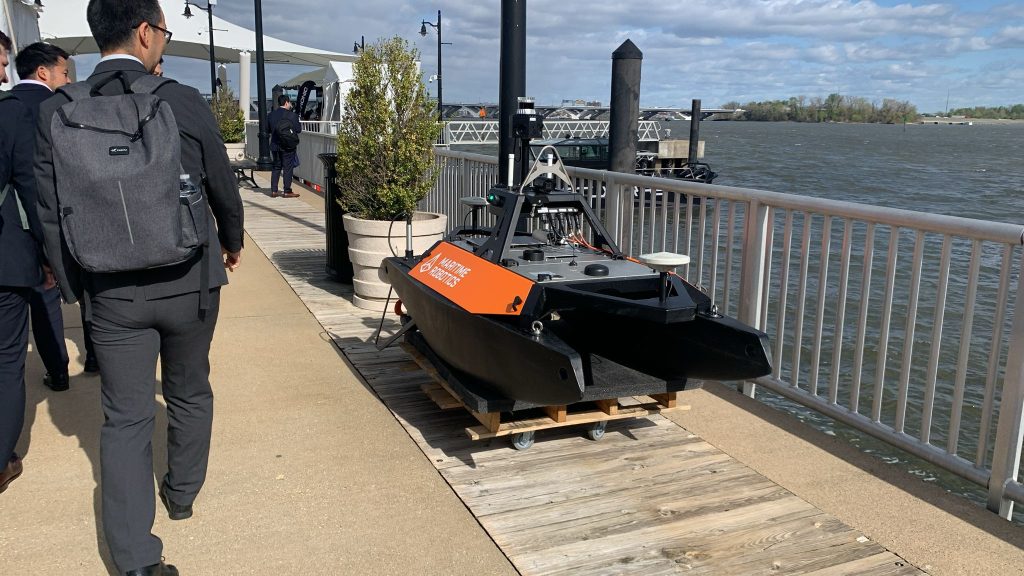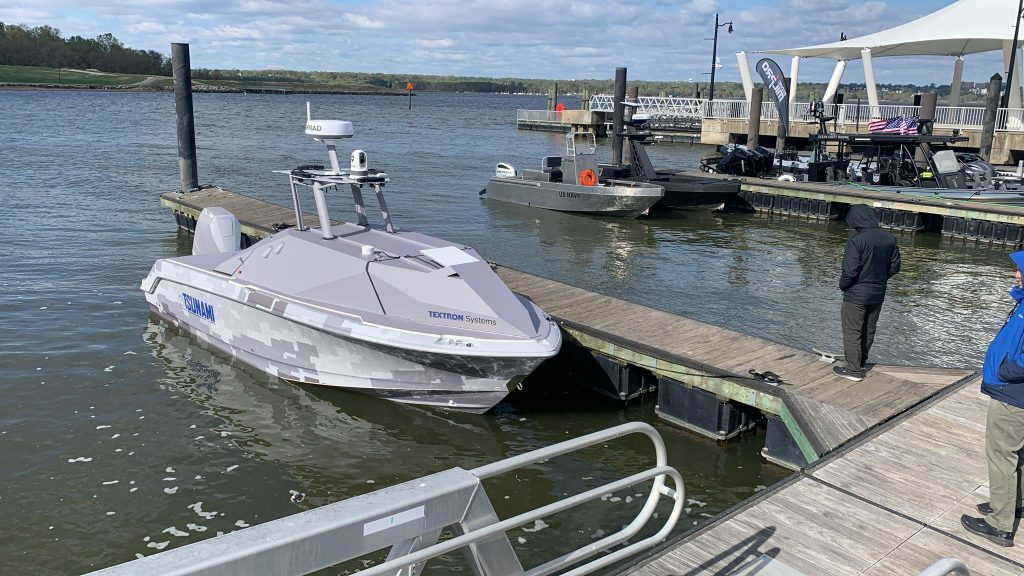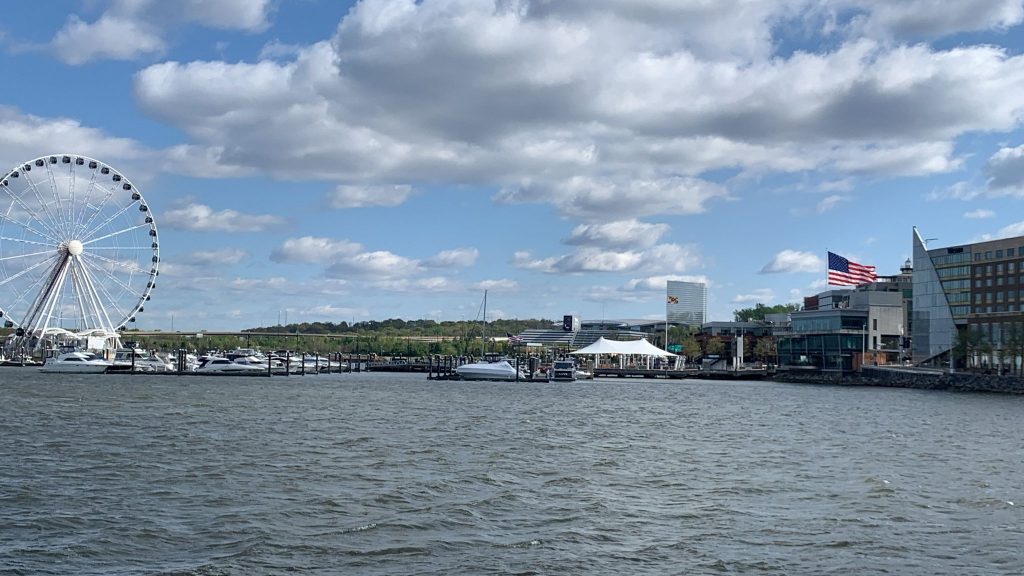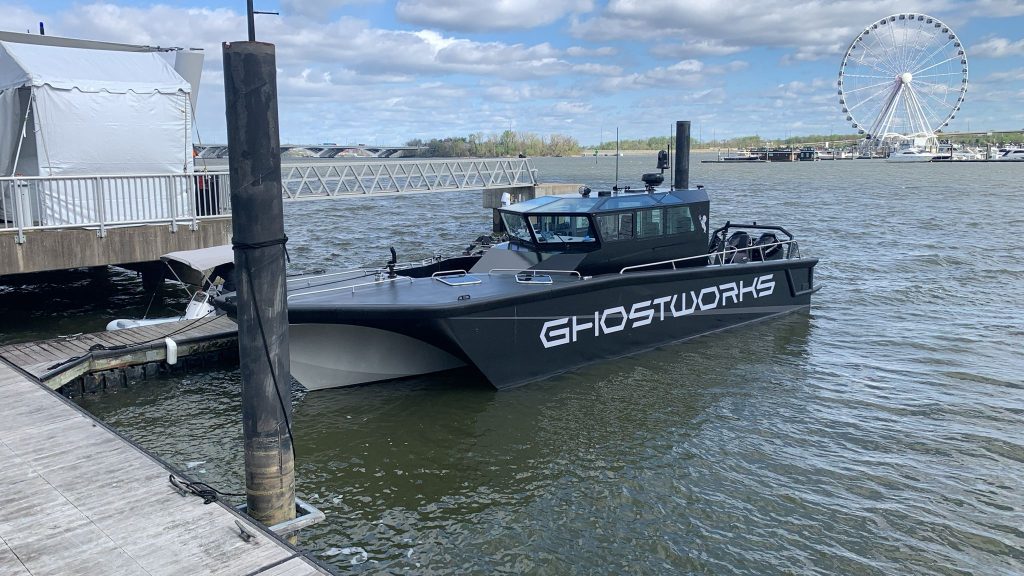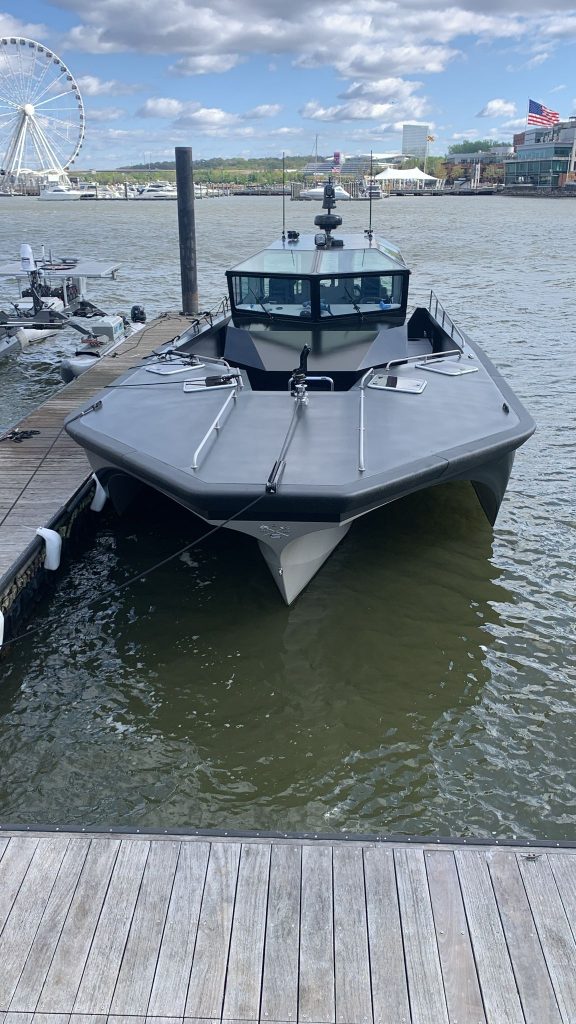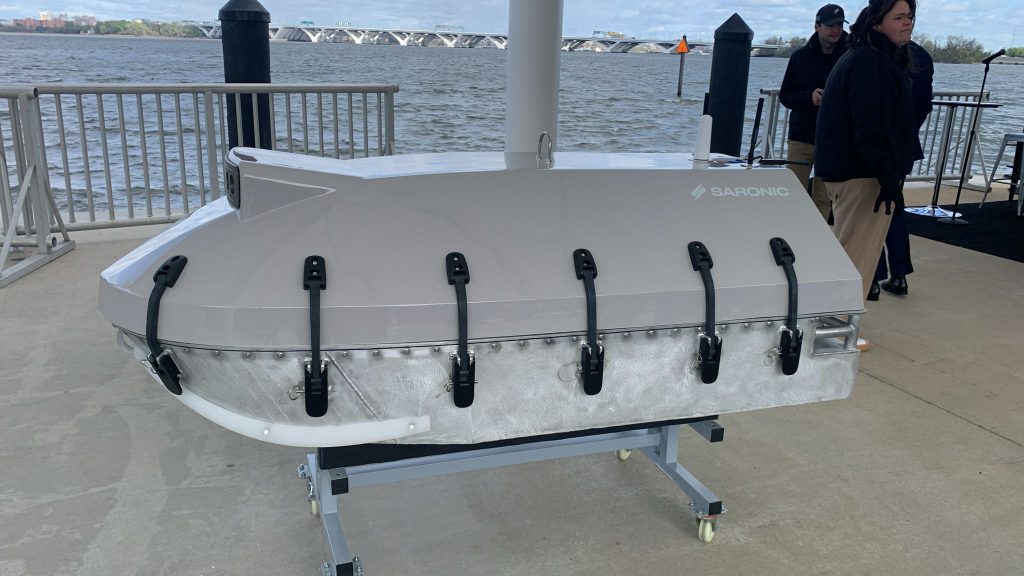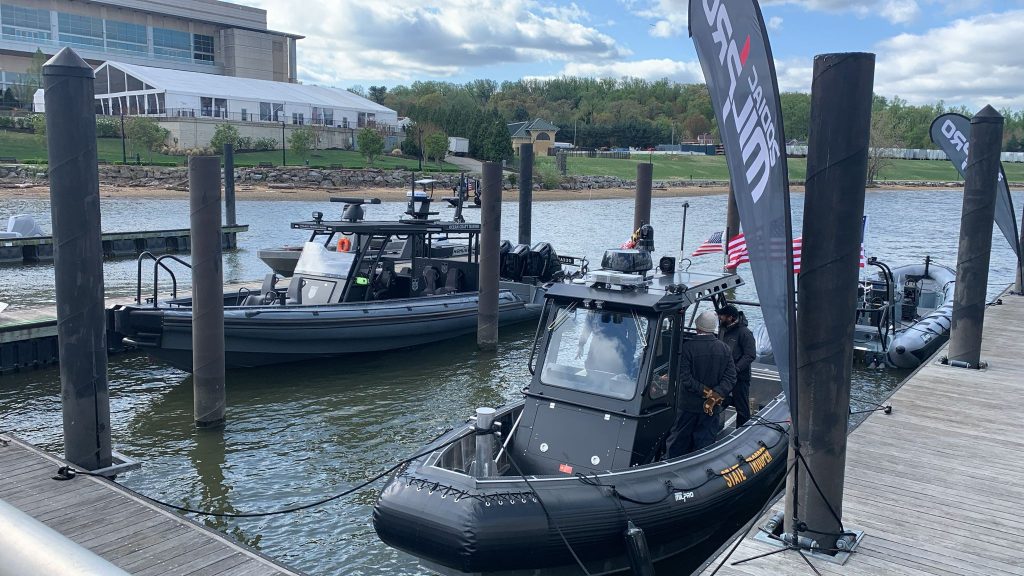Sea‑Air‑Space 2025 – A Homily on the Dawn of Maritime Autonomy
Attending Sea‑Air‑Space 2025 was a vivid reminder that the future of naval operations is no longer a footnote on a slide deck — it is already moored at the pier. For three energetic days, National Harbor became a floating laboratory: frigate captains compared data‑latency notes with software architects, prototype hulls bobbed beside amphibious docks, and quad‑rotor drones performed precision resupply drills overhead.
I watched technicians swap sensor pods in minutes, listened to young engineers push overnight edge‑AI updates, and spoke with commanders who already rely on unmanned escorts for daily patrols. When you can reach out and touch a vessel that was no more than a CAD file six months earlier, you realise the innovation cycle is no longer annual — it is continuous.
The conversations on the show floor were not about whether autonomy makes sense but how soon it can be deployed. That shift in tone underscored a simple truth: change is accelerating faster than even seasoned veterans expected.
Autonomy Is Now
The clearest message from the show was autonomy. Projects that once lived only in research labs are now in the water. Uncrewed surface vessels patrol coastlines, underwater drones map the seabed and AI command tools turn huge data streams into clear decisions — all in real time.
Key Challenges Ahead
Reaching fully autonomous operations is exciting, but not easy. Four issues need special focus:
- Launch and recovery on the move – Deploy and retrieve unmanned assets without stopping the mother ship.
- Built to last – Salt water, pressure and constant motion punish equipment. Hardware and software must survive for years, not just one demo.
- Secure, reliable links – Communication must keep working — even under clouds, equipment faults or hostile jamming.
- Real‑time AI – Algorithms must process large data sets quickly and safely while resisting cyber attacks.
A‑RAS: Autonomous Refueling at Sea
Our Autonomous Refueling and Servicing system (A‑RAS) tackles every key obstacle to maritime autonomy. It seamlessly refuels, swaps sensor pods and off‑loads mission data while both vessels stay in motion, clearing the last major roadblock to reliable, long‑range unmanned operations.
- Continuous operations — Uncrewed vessels can stay on station for weeks without a port call.
- Minimal human risk — No need for dangerous alongside‑refueling manoeuvres in heavy seas.
- Modular & platform‑agnostic — A‑RAS docks with USVs, UUVs and hybrid craft via a universal collar.
- Smart safety layer — On‑board AI tracks sea state, fuel flow and connector alignment, pausing the transfer if thresholds are exceeded.
By solving the “last mile” of endurance, A‑RAS turns promising prototypes into reliable workhorses.
Why It Matters
The companies that will lead this chapter will pair strong technology with a deep understanding of life at sea. Solutions must not only work; they must endure and be easy to maintain in harsh conditions.
